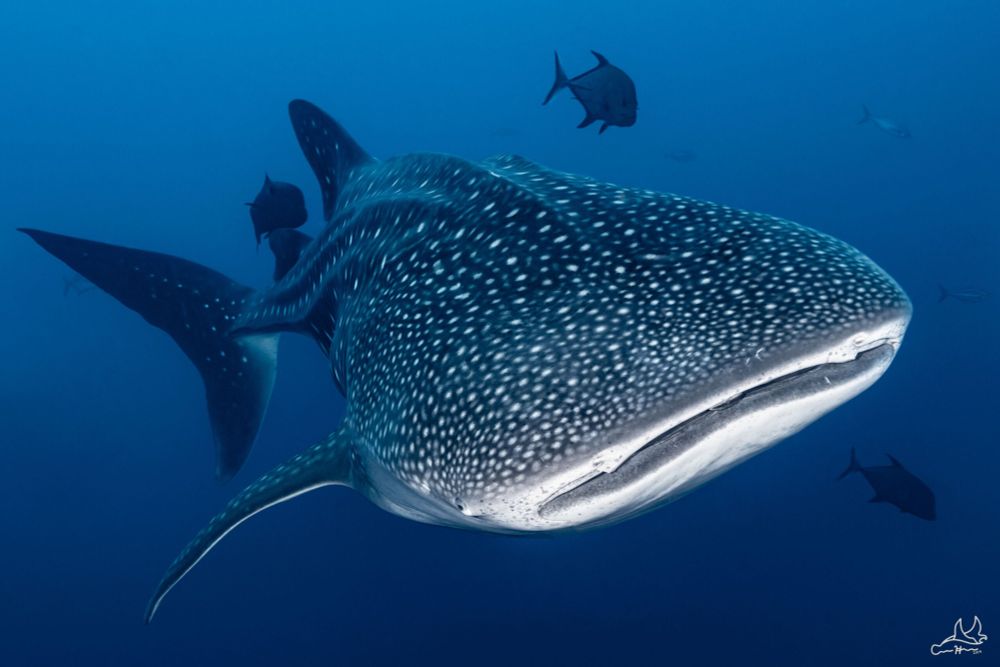Marine biologist, university professor #ERCAdG researching #Shark movements, behaviour, conservation & climate change w/ biologging #GlobalSharkMovementProject - views my own
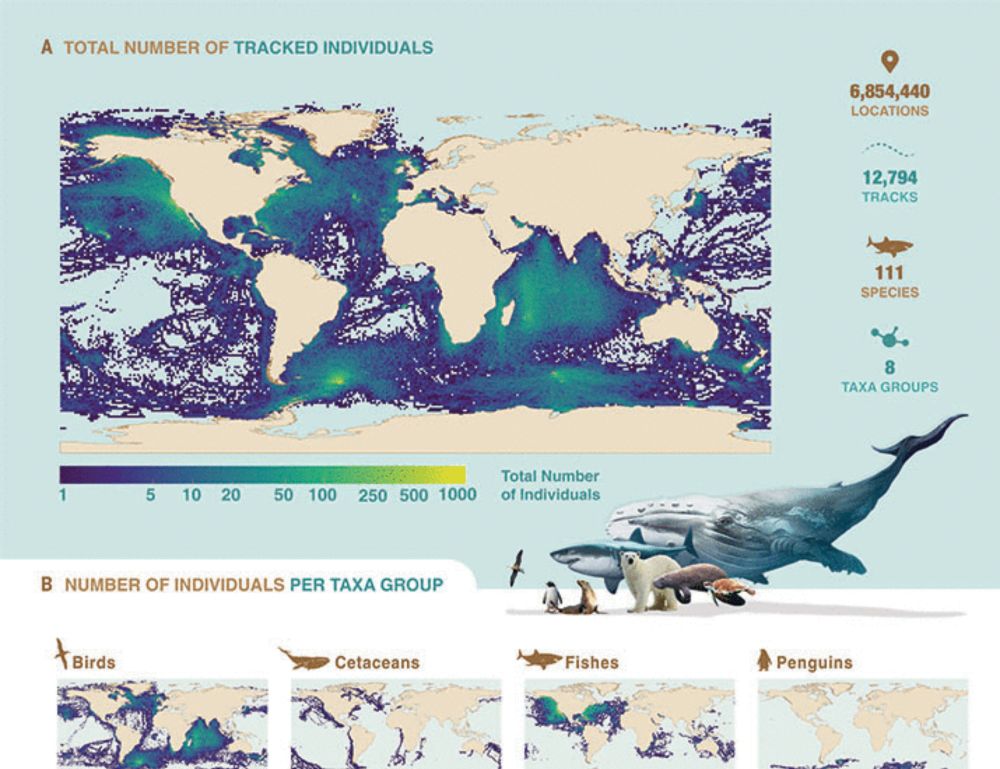
Reposted by David Sims
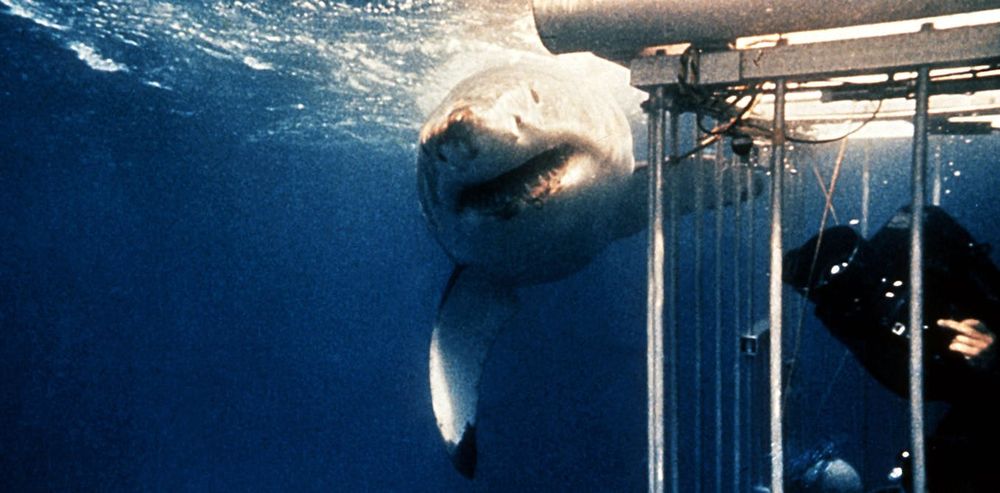
Read more 👉 https://tr.ee/5gCSPz
Reposted by David Sims
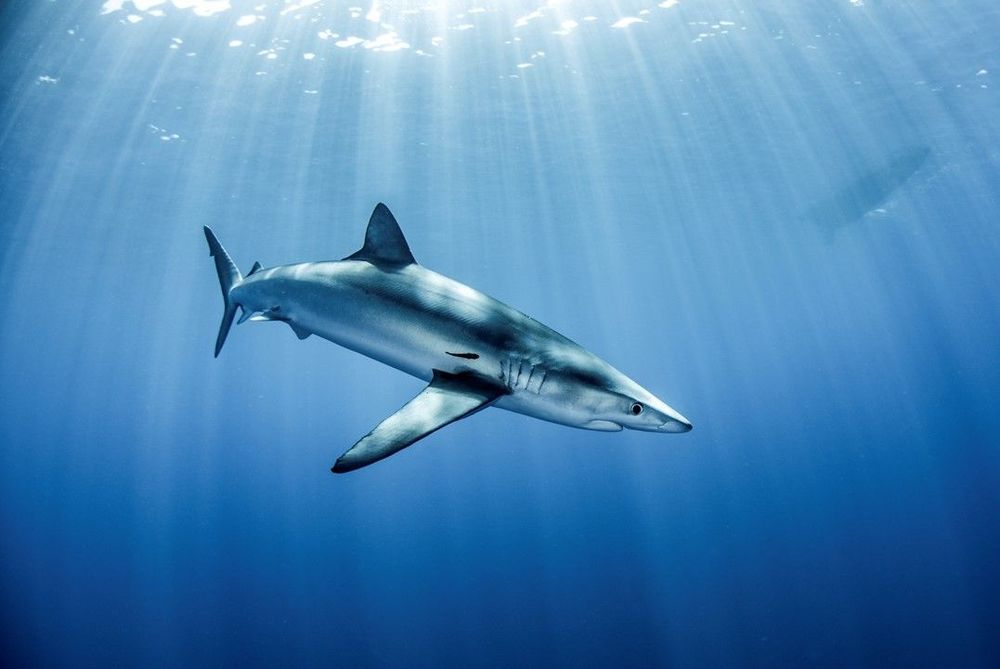
However, results reveal that proposed plans to protect 30% of the ocean by 2030 will be insufficient for their conservation.
🔗 www.mba.ac.uk/un-backed-gl...
@thesimslab.bsky.social
Reposted by David Sims
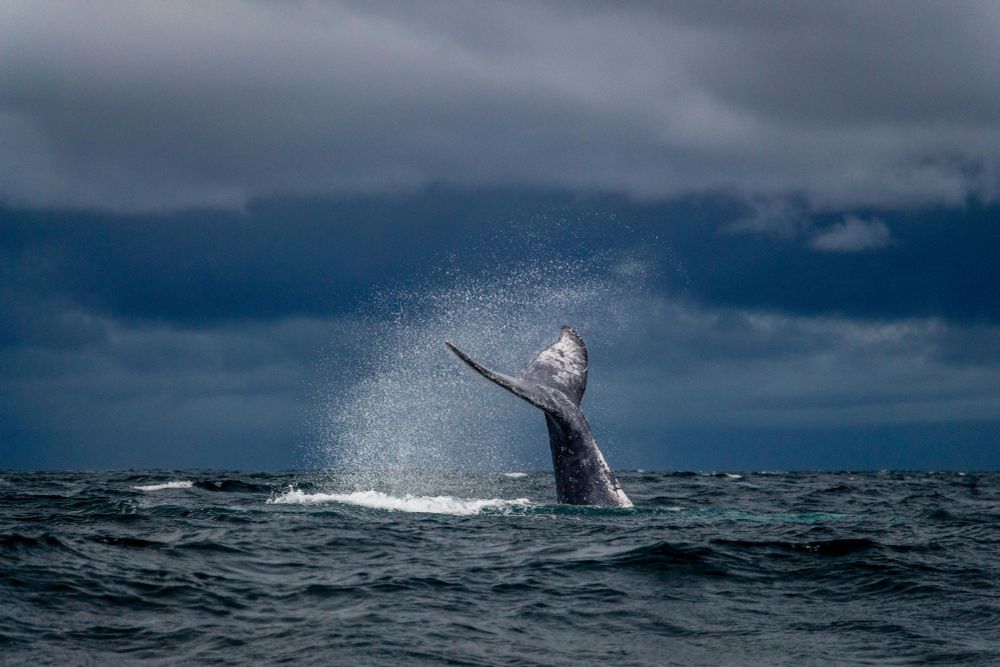
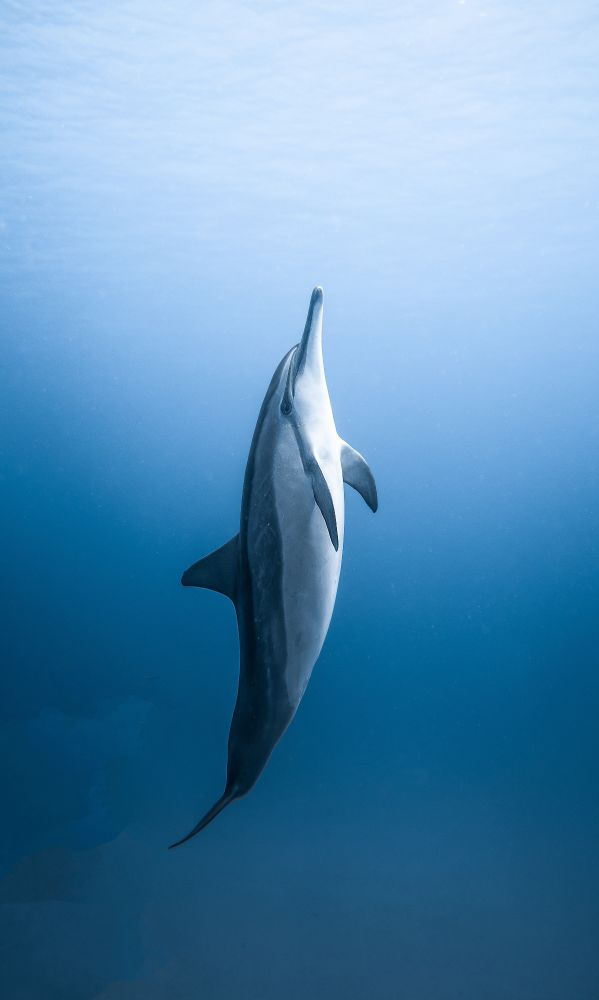
New paper in @science.org, led by @anammsequeira.bsky.social 👇
📸silvana-palacios,daniel-torobekov
Reposted by David Sims
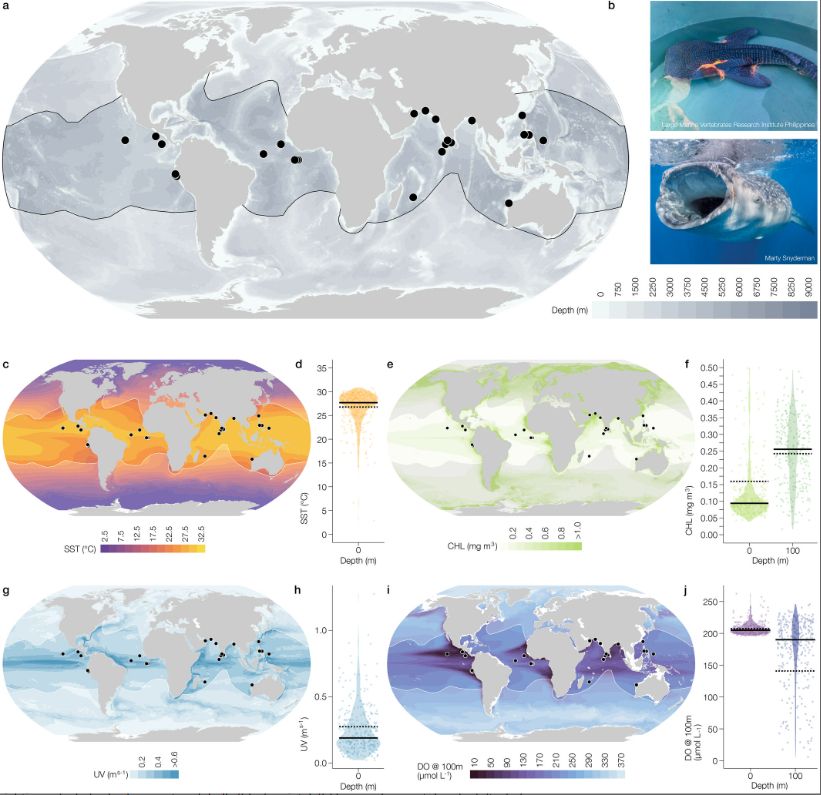
Unlocking the mystery of baby #whaleshark birthing grounds - Extreme environments like #OMZs provide safety from predators & a rich food supply, crucial for neonate survival.
doi.org/10.1002/ece3...
@thembauk.bsky.social
Reposted by David Sims
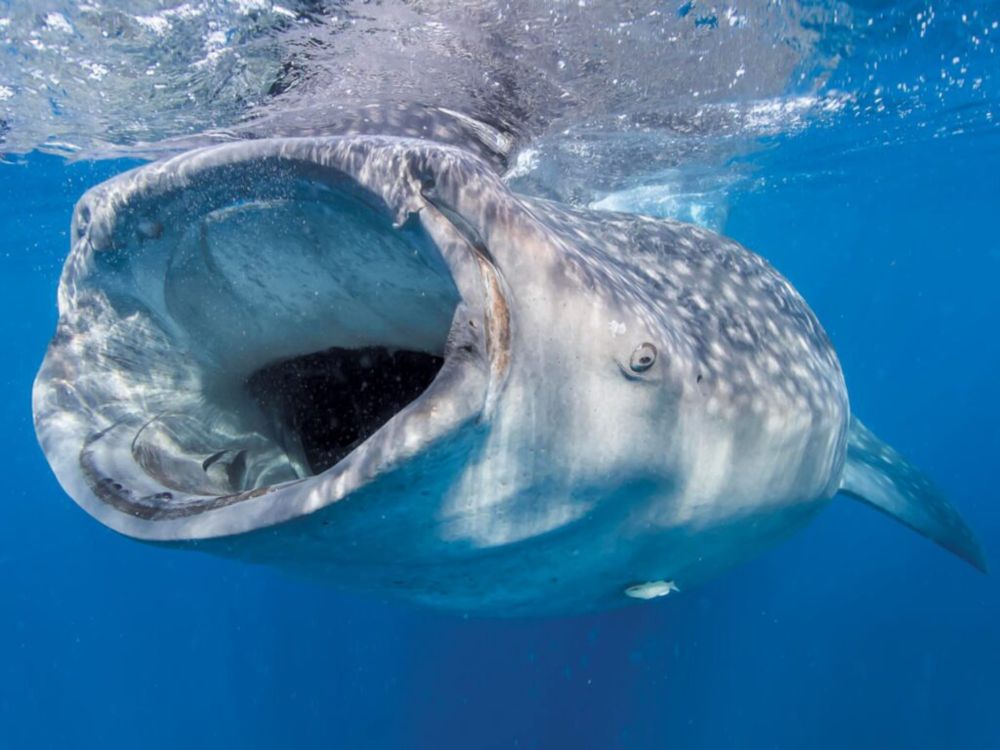
➡️ buff.ly/4hIdSdN
@thesimslab.bsky.social
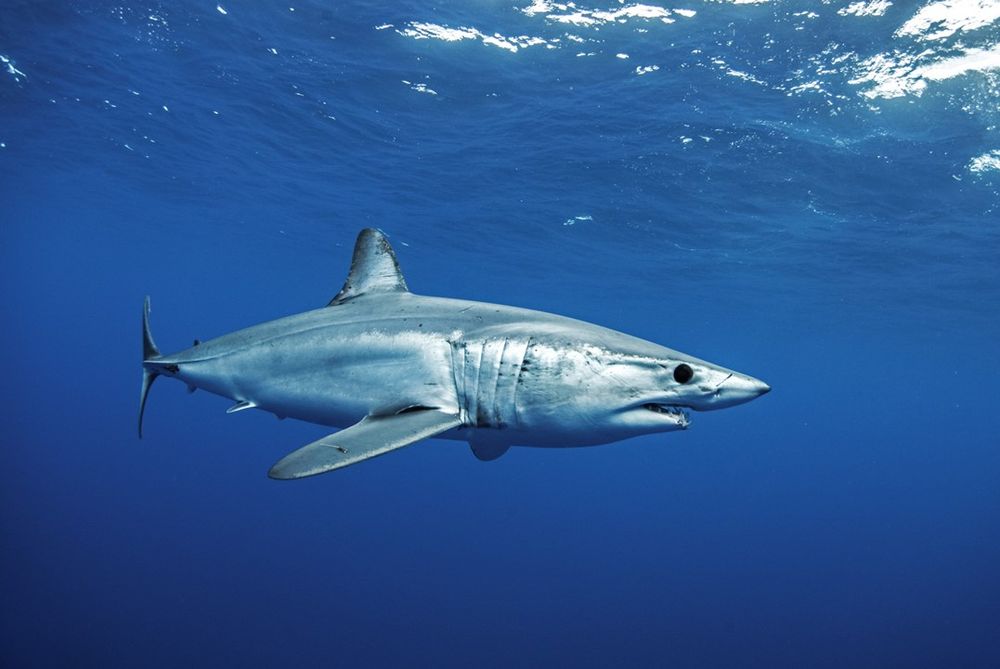
OA here: www.nature.com/articles/s41...


